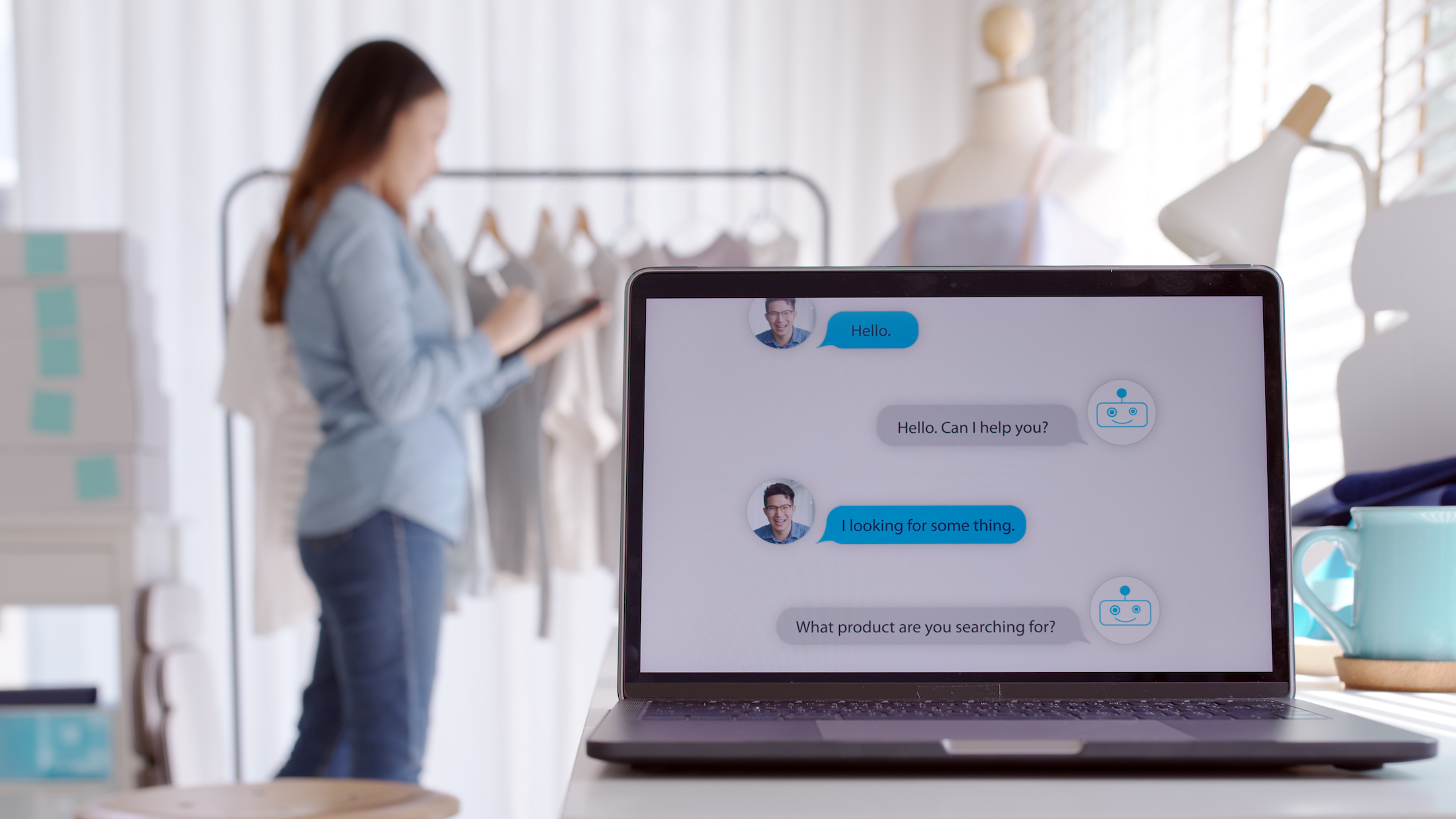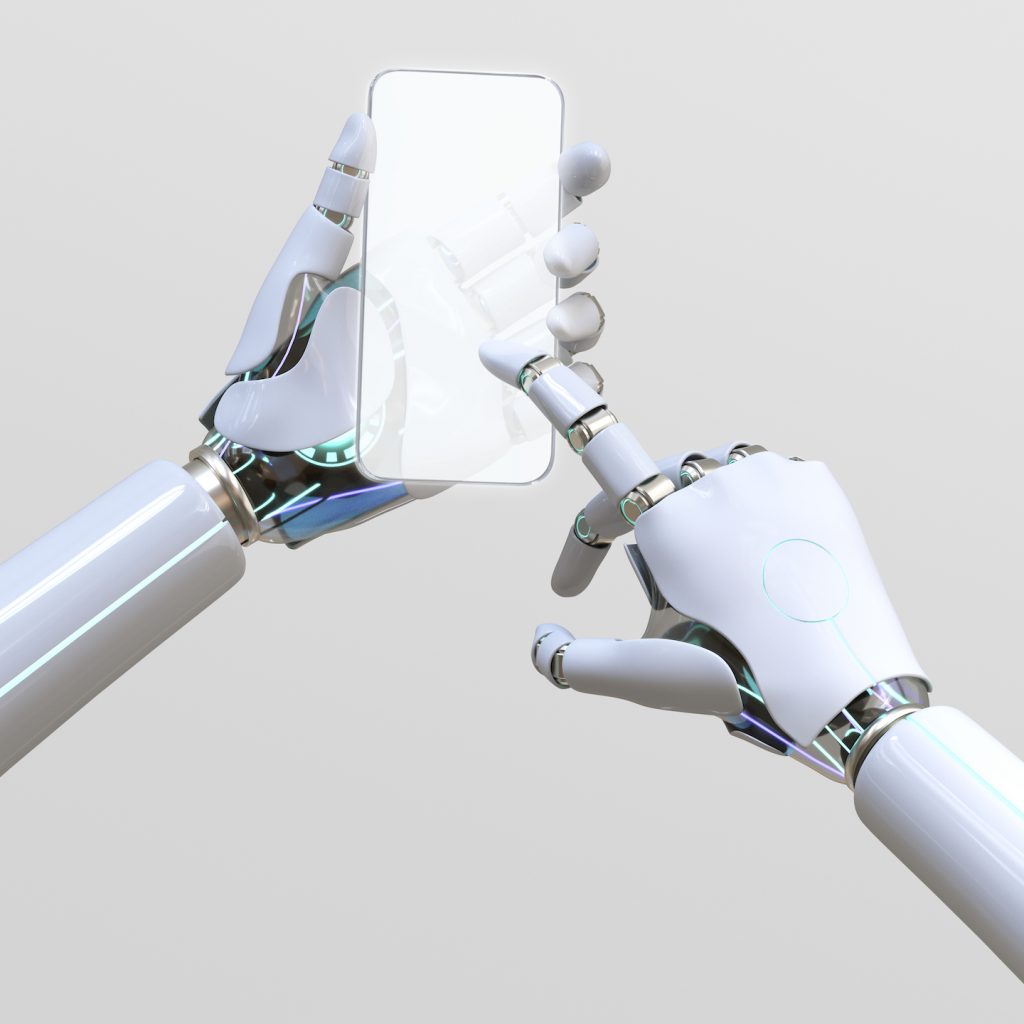
The chatbot market is expected to reach $1.25 billion by 2025, according to Forbes. In today’s world, customers believe that the experience a company gives is just as important as the items or services it offers. That’s where artificial intelligence chatbots come in. Bots are, without a doubt, an important aspect of customer service automation.
What is a Chatbot?
A chatbot is a computer program based on artificial intelligence that simulates human communication. Bots interpret user intent, process requests, and provide timely relevant responses. They are sometimes referred to as digital assistants that comprehend human capacities.

How Chatbot Technology Works
The most important task of a chatbot is to analyse and detect the purpose of the user’s request to extract relevant entities. Following the completion of the analysis, the appropriate response is sent to the user.
The chatbots use three classification methods, and I will explain them one by one:
Matching patterns
Bots use pattern matching to organise text and generate an appropriate response from clients. AIML (Artificial Intelligence Markup Language) is a common structured model of these patterns. A bot can find the correct answer in the linked pattern. The bots respond to everything that is connected to the correlated patterns.

Natural language understanding (NLU)
Natural language understanding (NLU) refers to a chatbot’s capacity to understand human speech. It is the process of transforming language into structured data that a machine can understand. NLU adheres to three distinct notions. They are as follows: entities, context, and expectations.
Natural language processing (NLP)
Natural Language Processing (NLP) bots translate the user’s text or speech inputs into structured data. The information is then used to select a suitable response. Chatbot sentiment analysis, entity recognition, and dependency parsing are all crucial steps in NLP.

Chatbot Classifications
With pre-defined rules and AI-based chatbots, chatbots process data to provide speedy responses to all types of user queries. Chatbots are classified into three categories.
- Rules-Based Chatbots — These chatbots adhere to predefined rules and are frequently constructed with a graphical user interface in which a bot creator creates paths using a decision tree.
- AI Chatbots — After an initial training phase by a bot developer, AI chatbots will learn independently.
- Live Chat — Sales and sales development teams are the primary users of these bots. Customer Support organisations can also utilise them because live chat provides a more straightforward chat option for answering questions in real-time.
Benefits of Chatbots
- Increase website conversion rate — Marketers invest a lot of effort to get visitors to their website, only to have that traffic convert at a rate ranging from 0.25 per cent to 1.0 per cent.
- Generate more qualified leads — It would be ideal to speak with each lead and check they are a good fit before scheduling a meeting. In truth, most firms cannot achieve this at scale. Bots can assist with lead qualification and sales acceleration by using advanced qualification logic.
- Combat Customer Churn — Bots are an excellent solution for high-volume support enquiries, particularly when consumers are disappointed with typical knowledge bases that are difficult to filter through.
Related: How does conversational ai give better insights?


